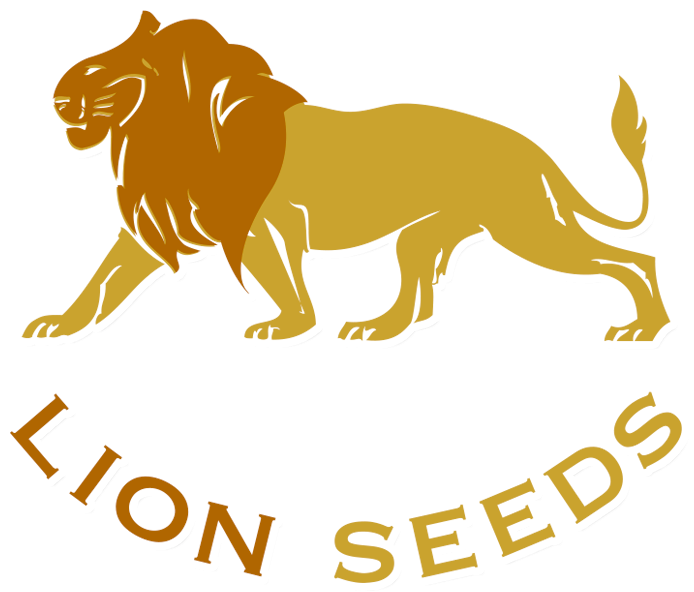Chinese Mustard – Growers’ Guide

Season
Can growth all year in high land, Best winter temperature (22-25 C).
Soil
Loam, clay loam, good irrigation, pH 6.0-6.5 To plough the soil with dry sun 7-10 days To plough the soil deep 20-30 cm. Additional manure rate 1.5-2.0 ton/rai fertilizer 13-13-21 rate 30-40 Kg./Rai soil to cover up plot wide 120 cm. high 25-30 cm., Use straw or plastic to cover up step end.
Agriculture
Transplant sprout 20-25 days, open water in to plot, planted space 35-45 x 35-45 cm. 2 row / plot.
Fertilizer
Cabbage want high Nitrogen and Potassium Fertilizer ( 46-0-0, 21-0-0 ) rate 40-50 Kg./ rai
1. After transplant 7-10 days formula 46-0-0 or 21-0-0 rate 20-25 Kg./rai
2. After transplant 35-40 days formula 46-0-0 or 21-0-0 rate 20-25 Kg./rai + Boron and Molydenum additional Fertilizer 13-13-21 or 14-14-21 rate 70-120 Kg./rai
1. With plough formula 13-13-21 or 14-14-21 rate 20-40 Kg./Rai
2. After transplant 15-20 days formula 13-13-21 or 14-14-21 rate 25-40 Kg./Rai
3. After transplant 35-40 days formula 13-13-21 or 14-14-21 rate 25-40 Kg./Rai
Disease Important
1. Downy Mildew 2. Tip Burn 3. Leaf Spot 4. Turnip Mosaic
Insect Important: Worm
Maturity
estimate 50-60 days
The most important genus is Brassica, with about 40 Old World species and including the cabbages, mustards, and rapes. One species, B. oleracea, has many edible varieties, such as broccoli, Brussels sprouts, cabbage, cauliflower, kale, and kohlrabi. B. rapa is the turnip, and B. napobrassica is the Swedish turnip, or rutabaga. B. napus isthe rape plant. The leaves of B. napus are used in salads and for cattle forage, and the seeds are added to birdseed mixtures and also are pressed for canola oil. The species B. pekinensis and B. chinensis are Chinese cabbage. The seeds of B. juncea are the source of the condiment mustard. Oil is derived from the seeds of B. campestris (sometimes considered B. rapa), B. hirta, and B. juncea. Black mustard (B. nigra) seeds were formerly another source of table mustard. The plant, native in Eurasia and naturalized in North America, is a widespread weed.
